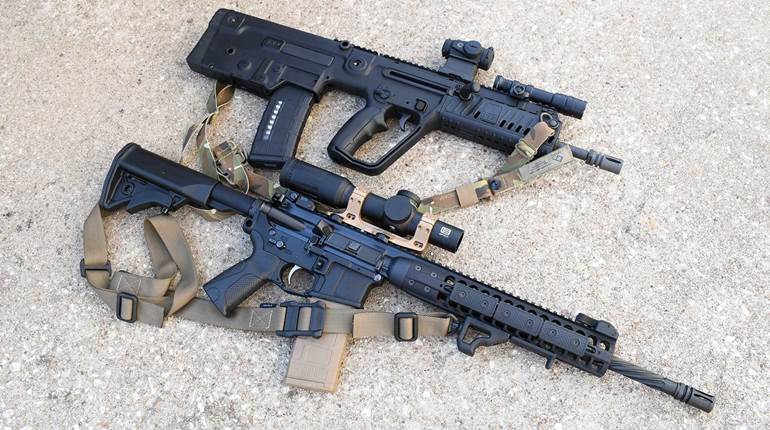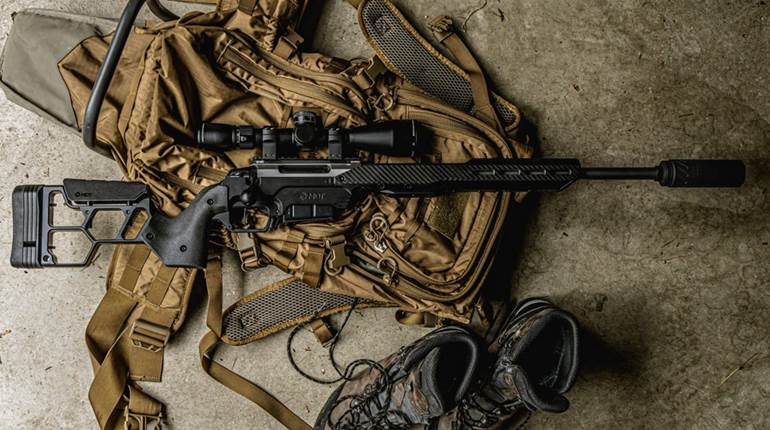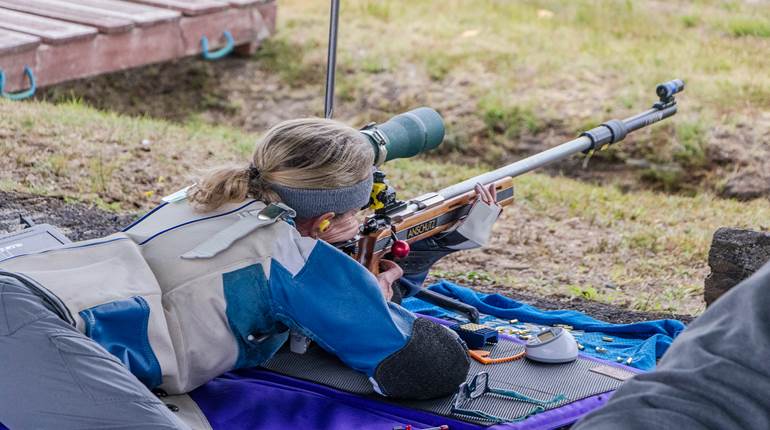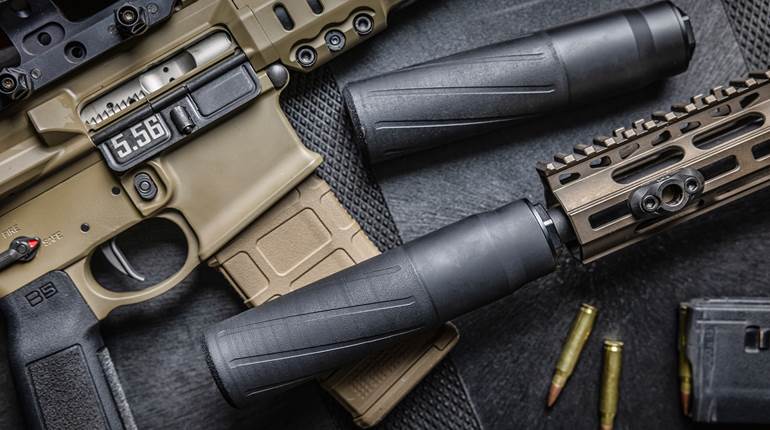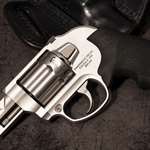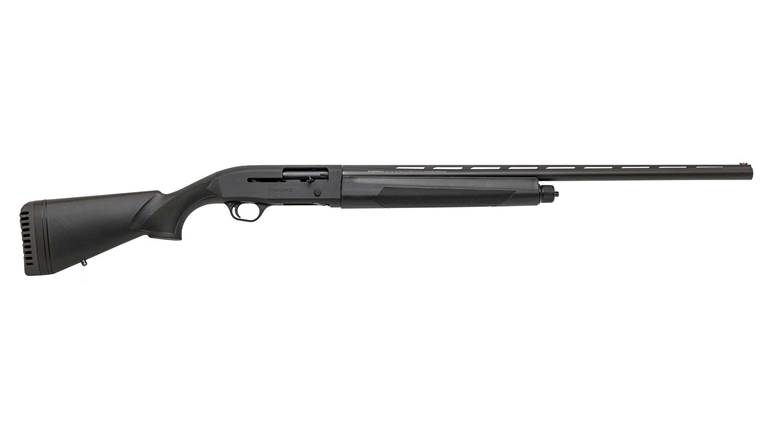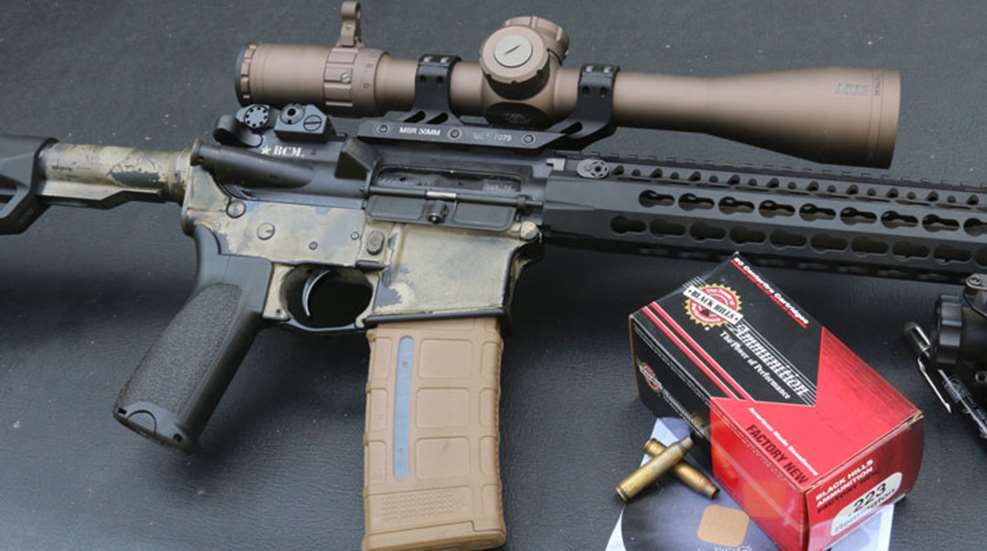
Conventional wisdom holds that rifle bores must be relatively clean to shoot well. But how clean? Or better yet, how dirty is unacceptable? That is one of the questions that is virtually guaranteed to produce as many answers as shooters you ask. And when you ask for hard data to support the number asserted, there is usually not even so much as a first-hand anecdote grounding the answer.
As a young Marine captain, I was the new officer on a rifle team and remember asking the grizzled old salts who had shot in many an inter-service championship or Camp Perry what the proper cleaning interval was for those incredible Quantico-built National Match M16s. The answers varied from daily on one end to at the end of the season on the other. There didn’t seem to be any real testing to support any given answer, and I accepted that you punched the bore whenever it seemed right.
I recently thought back on that experience as I finished up an endurance test on a Bravo Company Manufacturing (BCM) upper receiver. Over the course of a little more than three years, I had logged the lubrication intervals using FireClean to see how far the AR would run as it got dirtier and dirtier. At the end of the test, I was in possession of a barrel through which I had logged 10,000 rounds and had never cleaned in any manner. In shooting the last thousand rounds or so, I had noticed that the rifle seemed to be still shooting quite well and thought it would be interesting to do a formal accuracy workup. I borrowed a Bushnell Elite 4.5-18x44 LRTS riflescope to give the barrel every chance to succeed, and grabbed some quality ammo.
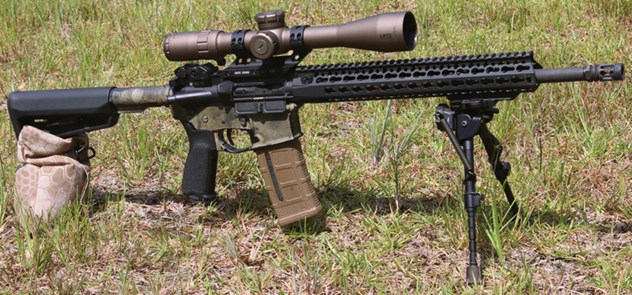
All firing was done from the prone position with the rifle supported by a Harris bipod in the front and some bags under the toe of the stock. The rifle had a Geissele Super V trigger, which is an excellent duty and snap-shooting unit, but not normally associated with group shooting. The BCM wore a free-floated KeyMod aluminum KMR-A rail and the barrel was a basic government profile 16” with a mid-length gas system and a 1:7” twist.
I fired a couple of sighters to get the LRTS on paper and then the very first five-round group of Hornady Steel Match clustered five .224-cal. holes into a tight .84” group that could be covered by a nickel. That was pretty close to prophetic, as the average of all five groups with the Steel Match ran .89 from the filthy barrel, with the series tallying .84, .85, .86, .72, and one lonely group over one minute of angle at 1.17.
When grouping rifles on a good day I am thoroughly focused on the mechanics of getting the shot to break as cleanly and consistently as possible, and tend to see the groups forming but not get too distracted by them. However, the first series poking five groups where I could cover each with my thumb had me mildly gobsmacked.
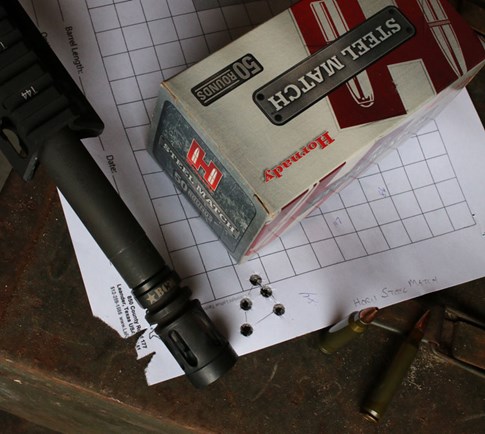
That performance wasn’t an outlier. After 10,000 rounds, the BCM barrel grouped Federal Varmint hollow points into just barely over 3/4 m.o.a. on the low end and averaged just over an inch due to one “large” 1.5” group that pulled the average over one MOA.
Black Hills 69-gr. Sierra Match Kings clustered together consistently, poking holes in a tight knot while maintaining polite separation for each hole at just under a minute on average with .79, .82, .90, .92, and 1.25” groups.
The overall average of 15 five-shot groups across the three loads was .98”. For reference, the diameter of a U.S. Quarter is .955” and 10 of the 15 groups would have fit under one of the coins. That would be exceptional for most new service-grade rifles. I was somewhere between pleasantly surprised and mildly shocked for the barrel to do this after 10,000 rounds and never had as much as a boresnake, brush, or patch run through it.
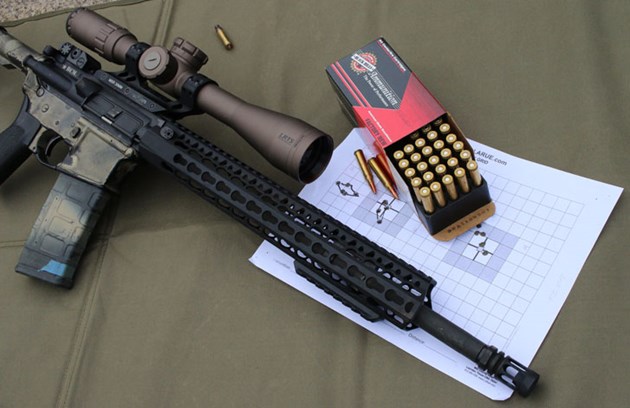
Shooting the rifle was a true pleasure. After the groups were concluded, I took advantage of having a confirmed zero and good ammo and had no issues putting the shots pretty much exactly where I wanted. This was the first time I had fired an AR with a precision optic with the clarity and power of the Elite LRTS; almost all of my 5.56 shooting has been with low-power variables or mid-range units under 8 power. The LRTS was impressive and just light enough to not unbalance the relatively lightweight BCM upper. The special G3 mil reticle made holding off certain and repeatable, and the clarity of the glass was exceptional. The 18 power setting may seem unnecessarily high for a 5.56 mm AR, but it was welcome in shooting groups and at distance.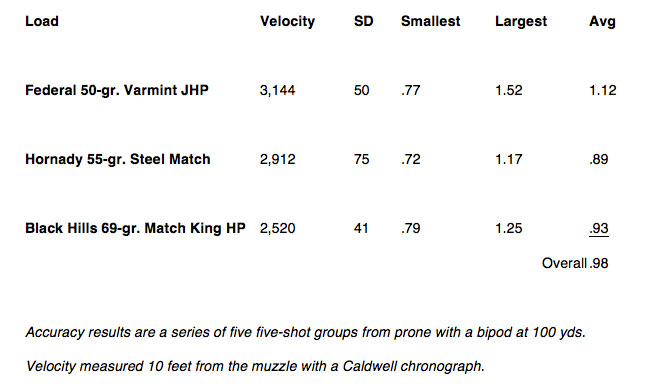
10,000 rounds can be a nebulous figure without breaking it down a bit. If you took out your rifle and shot a box of 20 rounds every single week, it would take more than nine and a half years to get to 10K. The average shooter is in no danger of breaking 10K with their rifle. Some trainers and special-unit shooters will wear barrels out, but most of the shooting world will hand down their ARs to the next generation with barrels in great shape.
The natural question that follows looking at this data table is how the accuracy compared to when the barrel was new and/or clean. Unfortunately, I began the test without a formal workup, so I can’t say definitively whether the barrel has improved, degraded or held level. Throughout the 10,000-round span of testing I was consistently getting groups around 1.5 to 2 MOA with M193-type mil-spec ammo from several makers when shooting from barricades or supported positions. At about 6,000 rounds I had grouped the rifle and had “best” groups hovering in similar fashion to this with the Federals and another Hornady load, but I had shot a slightly different protocol with too many differences in optic, loads and shooting position to go very far in drawing conclusions. At that time, however, it was apparent that this upper preferred lighter projectiles as heavier bullets had opened up groups significantly. This led me to focus on the lighter loads in this run with the exception of the 69-gr. Black Hills load.
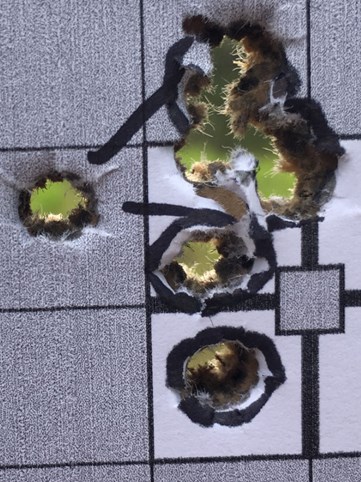
Composite of two five-shot groups measuring just under 1” for the 10 shots.
Caveat time. The data is impressive but is a single data point that may not translate at all to another rifle. I’d be very careful making sweeping conclusions, but it certainly does speak to potential for some rifles to perform quite well despite an almost absurd lack of cleaning. Please also do not mistake my sharing the results as an endorsement to never clean your rifle. The ritualistic obsession around rifle cleaning that the Marine Corps instills in riflemen is probably overboard but intentional neglect seems a poor choice as well.
Just how long a barrel lasts is another “blind spot” that tends to have random conjecture-type numbers thrown around without much hard data. Shooters often loosely reference government testing on barrels that may be built to a different standard and subjected to a very different firing cycle with different loads—all factors that have considerable influence on longevity. One safe bet: A shooter from a couple of generations ago would have trouble believing that a service-grade rifle would be cutting these type of groups at all and incredulous that it would after 10,000 rounds.
Shooters are now happily beyond having to rely on blackpowder, corrosive priming and soft-lead bullets, which were the primary drivers of the dictate to clean with each use. The test results form a truly interesting data point and likely a surprise to many. It is undoubtedly a testament to just how impressive “America’s Rifle” is.












